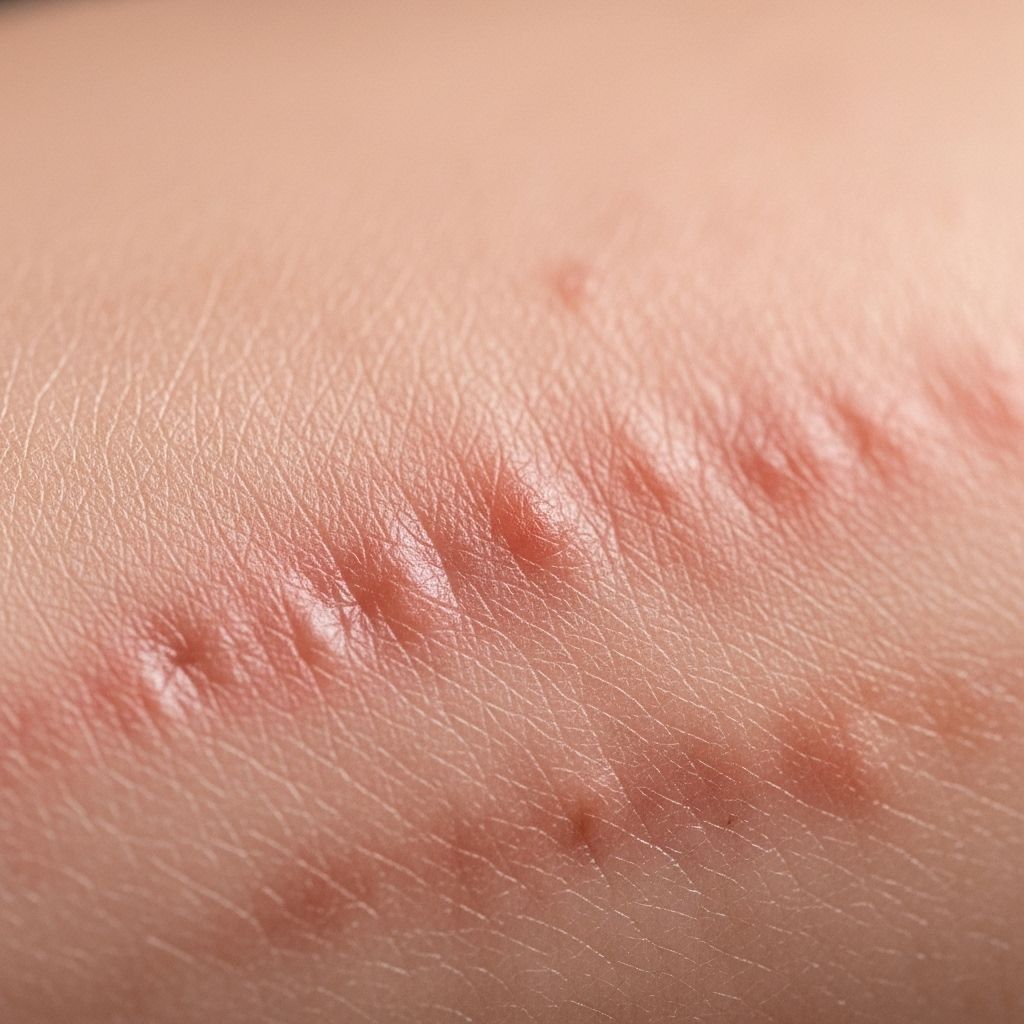Reducing Acne Scars & PIH in Teens
Proven methods to fade marks and restore your skin’s natural clarity.

Table of Contents
- Introduction
- Understanding Acne Scars
- Understanding Post-Inflammatory Hyperpigmentation (PIH)
- Treatments for Acne Scars
- Treatments for Post-Inflammatory Hyperpigmentation (PIH)
- Detailed Treatment Options
- Lifestyle Changes to Prevent Further Scarring and PIH
- Frequently Asked Questions (FAQs)
Introduction
Acne is a common dermatological condition affecting both teenagers and adults, often leading to scarring and post-inflammatory hyperpigmentation (PIH). These complications can significantly impact an individual’s self-esteem, especially in teenagers who are already navigating social pressures. Understanding the causes and effective treatments for acne scars and PIH is crucial for managing these conditions.
Understanding Acne Scars
Acne scars are a result of the acne healing process. They occur when the skin is damaged during the inflammation caused by acne, leading to the loss of tissue or the formation of excess collagen. There are several types of acne scars, including atrophic, hypertrophic, and keloid scars. Each type requires a different treatment approach.
Understanding Post-Inflammatory Hyperpigmentation (PIH)
Post-inflammatory hyperpigmentation (PIH) is a condition where the skin becomes darker than the surrounding areas due to inflammation, such as that caused by acne. It occurs more frequently in individuals with darker skin tones (Fitzpatrick skin types III-VI) and can take months to years to resolve. PIH involves two main processes: pigment incontinence and an epidermal inflammatory response, both leading to increased melanin production and deposition in the skin.
Treatments for Acne Scars
The treatment of acne scars depends on their type and severity. Common treatments include chemical peels, microneedling, laser resurfacing, and dermal fillers.
Treatments for Post-Inflammatory Hyperpigmentation (PIH)
PIH can be treated with topical depigmenting agents, such as hydroquinone, retinoids, and vitamin C, alongside sun protection to prevent further hyperpigmentation. For more severe cases, laser treatments like the Q-switched neodymium-doped yttrium aluminum garnet (QSNY) laser may be effective.
Detailed Treatment Options
Topical Treatments-
Hydroquinone
: A common depigmenting agent used for PIH.-Retinoids
: Promote skin renewal and can help reduce PIH and acne scars.-Vitamin C
: Known for its skin-lightening properties and antioxidant effects. Chemical PeelsChemical peels, using glycolic or salicylic acid, can help remove the top layers of the skin, reducing both acne scars and PIH. Laser and Light Treatments-Q-Switched Lasers
: Effective for treating dermal pigmentation.-Intense Pulsed Light (IPL)
: Helps reduce pigmentation and inflammation. MicroneedlingA minimally invasive procedure that stimulates collagen production, helping to reduce scarring and PIH. Radiofrequency (RF) MicroneedlingCombines microneedling with RF energy to enhance collagen production and reduce scars more effectively.Lifestyle Changes to Prevent Further Scarring and PIH
To prevent further scarring and PIH, it’s essential to manage acne effectively. Key lifestyle changes include:
- Proper Sun Protection: Use sunscreen daily to prevent UV-induced hyperpigmentation.
- Avoid Picking at Acne: This can lead to further inflammation and scarring.
- Maintain a Skincare Routine: Use gentle, non-comedogenic products suitable for your skin type.
Frequently Asked Questions (FAQs)
Q: How long does it take for acne scars and PIH to heal?
The healing time varies depending on the individual and the severity of the scars or PIH. Acne scars may require several treatments and months to resolve, while PIH can take 6-12 months or more.
Q: What is the best treatment for acne scars in teens?
The best treatment often involves a combination of chemical peels, microneedling, and laser therapy, tailored to the type and severity of the scars.
Q: Can PIH be completely cured?
In many cases, PIH can be significantly reduced, but it may not completely disappear. Effective treatment and prevention strategies are crucial in managing PIH.
Q: How important is sun protection for PIH?
Sun protection is critical for preventing further hyperpigmentation. Always use sunscreen with at least SPF 30 daily.
References
- https://pmc.ncbi.nlm.nih.gov/articles/PMC4728904/
- https://www.healthline.com/health/acne/post-inflammatory-erythema
- https://ensoulclinic.com/all-you-need-to-know-about-treatments-teenage-acne/
- https://www.plasticsurgery.org/news/articles/erasing-the-unsightly-signs-of-youth-get-rid-of-your-teenage-acne-scars
- https://simpleskincarescience.com/pie-pih-acne-scar-treatment/
- https://africa.laroche-posay.com/en-za/article/how-to-get-rid-of-scars-and-marks
- https://pmc.ncbi.nlm.nih.gov/articles/PMC4445894/
- https://www.michelegreenmd.com/best-dermatologist-treatment-for-back-acne-scars
Read full bio of medha deb












